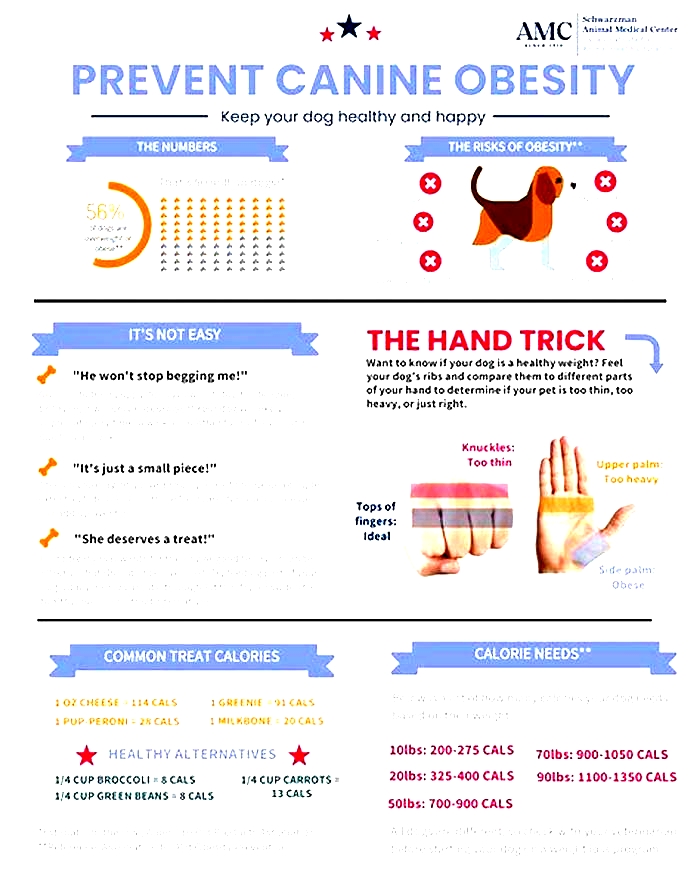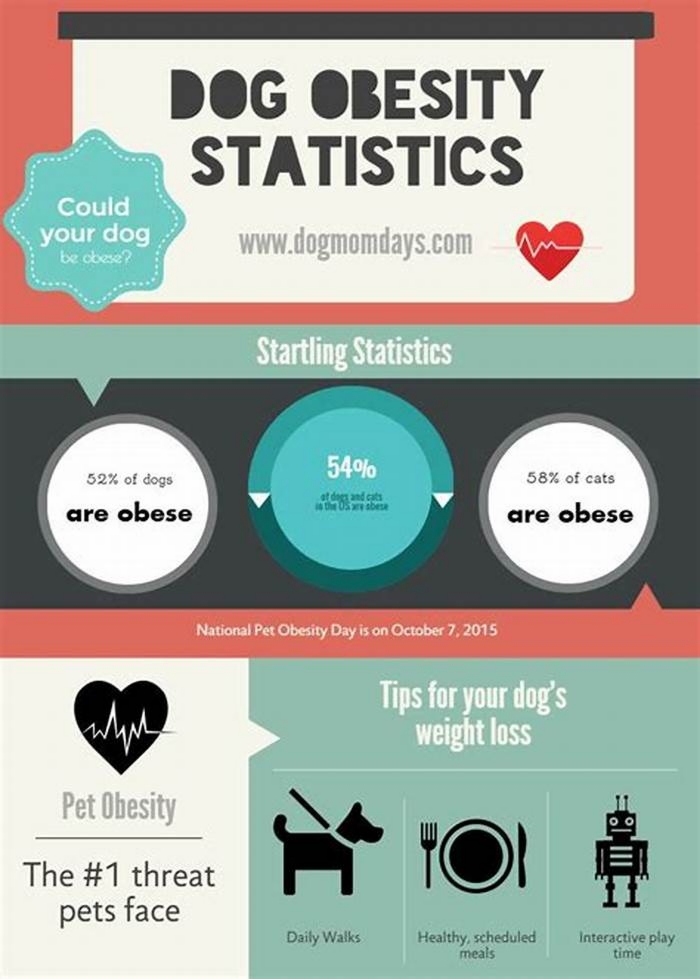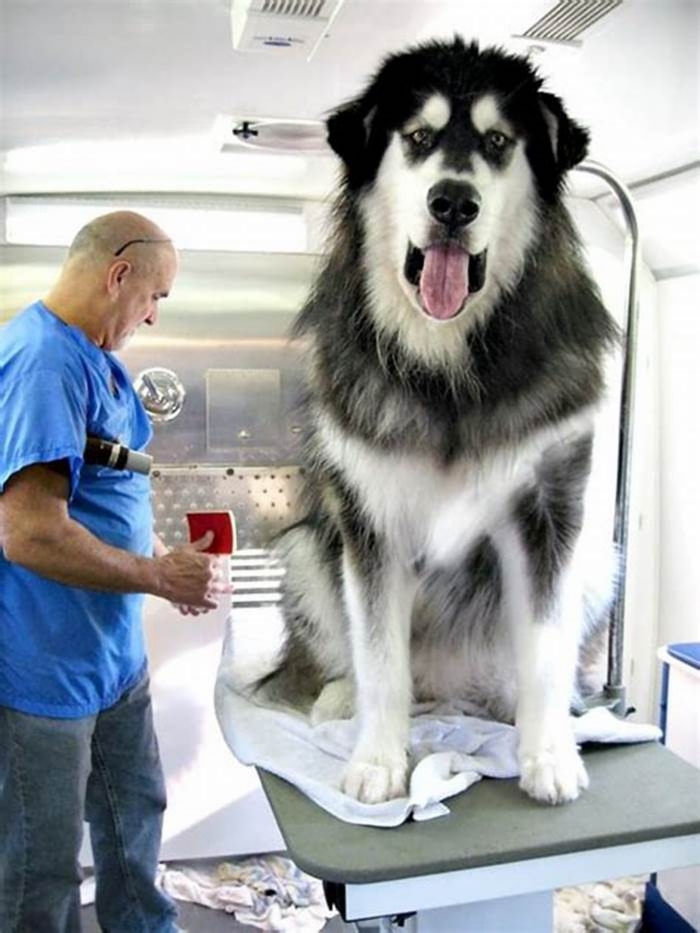Beagle Obesity in Senior Dogs Special Considerations

Overweight Beagles Lifespan How Obesity can affect their health
These adorable little cuddle-monsters will eat anything that they can fit into their mouth. Beagles love to eat. I wont be surprised if my beagle jumps and grabs all the pancakes and eat them in one go, even right after having his meal. Due to their obsession with eating, beagles are prone to obesity. This affects their health drastically. Lets look into the average lifespan of an overweight beagle.
According to the data published by Banfield Pet Hospital, on average, the lifespan of overweight beagles is 2 years shorter than the beagles with normal weight. While beagles with healthy weight live for 15 years, overweight beagles live for 13 years.
Lets look into more about the research conducted to find how weight can affect a dogs lifespan. We will also see how you can find out if your beagle is overweight.
What does the research say
A study was conducted by Banfield Pet Hospital, where scientists examined how weight can have a negative or positive effect on the lifespan of a dog. The research was done over two decades and included popular breeds like labrador retrievers and beagles. You can find the Journal here:
Association between life span and body condition in neutered client-owned dogs.
This study examined more than 50,000 dogs of a 12 different breed, both male and female, and aged between 6 1/2 and 8 1/2 years.
The research proved that overweight dogs have a shorter lifespan compared to dogs with a healthy weight.
The lifespan of an overweight beagle is reduced by 2 years. While a male beagle with a healthy weight lives for 15.2 years, an overweight one lives for 13.2 years. A female beagle with normal weight lives of 15.3 years, and an overweight female lives for 13.3 years.
How to find if your beagle is overweight

A healthy weight for a male adult beagle is 22 to 35 pounds (10 to 15 kg). Whereas, 20 to 30 pounds (9 to 13 kg) is healthy for a female beagle.
According to AKC, there are two varieties of beagle:
- Beagles whos full-grown size stand under 13 inches at the shoulder.
- Beagles whos full-grown size stand between 13 to 15 inches at the shoulder.
A healthy weight of these two types of beagles is:
- Under 13 inches: 22 to 30 pounds (10 to 13.6 kg)
- Between 13 and 15 inches: 25 to 35 pounds (11 to 15.8 kg)
Anything above this is considered overweight.
Other ways to tell if your beagle is overweight
There are some other ways to confirm that your beagle is overweight. Lets have a look into them.
Note: The ways mentioned below are for adult beagles only. Its okay for a puppy to look chubby or fat even after feeding healthy food. They are supposed to carry extra weight.
Check their ribs
You can put your hand on your beagles ribs and gently apply a little pressure. Healthy beagles have a layer of skin with thin fats over them, and you can feel the ribs.
And if you can feel a good amount of fats before you can feel the ribs, then your pooch is overweight.
And in case if the ribs of a beagle are visible and popping out of his skin, then the beagle is underweight.
They look chubby
Beagles are hunting dogs, and the breed, in general, is athletic, and so is their body. You can easily spot an overweight beagle by looking at them. They are chubby and have lots of fats on their body.
They are not flexible.
Overweight beagles struggle to scratch behind their ears and find it difficult to lick their other body parts.
They get tired easily.
Healthy beagles are a powerhouse of energy. They love to play and run.
However, an overweight beagle will struggle to run and get tired quickly. They become lazy and lethargy.
Why overweight beagles have a shorter lifespan

Obesity in beagles can create lots of health concerns and invite diseases that can reduce their lifespans.
Lets discuss some common health risks found in overweight beagles.
Sugar Diabetes
Diabetes mellitus or sugar diabetes is prevalent in overweight beagles. Obesity increases insulin secretion. If it keeps increasing over a long period, it can burn out cells in the pancreas that produce insulin, which results in diabetes.
Complications in Joints, bones, and ligaments
As the bodyweight of the beagle increases, the pressure on joints and bones increases too, causing severe damage over time. Overweight can cause joint problems, arthritis, and hip dysplasia.
Heart disease
The heart needs to pump more blood in an overweight body. This can cause congestive heart failure.
Hypertension (increased blood pressure)
Excess body weight can cause increased blood pressure in dogs too. You can read more about it here.
Other common health concerns
Other common health concerns in overweight beagles include difficulty breathing, decreased stamina, decreased liver function, digestive disorders, lower immunity, and a higher risk of cancer. You can read about these complications in detail here.
All these diseases and health complications are caused by excess body weight in beagles. This increases the chances of early death and results in shorter lifespans.
Helping your Beagle to Lose weight
Please consult a certified veterinarian first before you come to any conclusion. If your vet has confirmed that your dog is overweight and needs to lose some pounds, then its time to become strict with your beagles diet and routine.
Step 1: Try to make this as fun as possible for your beagle.
Begin with a positive mindset. In any case, losing weight should not be a negative experience for your beagle.
Try to keep things excited and fun for both of you.
Step 2: Slow and Steady Wins the race.
Set a realistic goal that can be achieved over a period of a comfortable time. The plan is to transform your dog slowly but steadily.
Setting unrealistic goals for quick results will put your beagle through a lot of physical as well as mental stress. And we dont want that.
Losing 1 to 2 pounds a month seems like a safe and reasonable goal.
Step 3: Feeding Guide
Two things you need to check:
- What are you feeding
- How much are you feeding
Ask yourself, what are you feeding your dog? Is it healthy? If its not, then try finding a healthier option.
Weight-loss dog food for your beagle should have more protein, less fat, and fewer calories.
My top three suggestion of dog food for weight loss are:
The second thing to look for is how much are you feeding your canine. You neither want to overfeed nor underfeed him. Every dog food has its own feeding guide printed on its package, so follow that to find the correct quantity.
One more thing to keep in check is the treats that you feed him. The number of treats and snacks must be reduced. Try switching to a low-calorie treat. My recommendation for a healthy low calorie treats:
Step 4: Exercise
Regular exercise is essential for keeping your beagle in shape and increase his lifespan.
Overexercising your beagle out of his capacity can cause joint or bone injury.Ask your veterinarian or a dog trainer to create an exercise plan for your beagle according to his weight.
Apart from that, make sure your pooch drinks enough water while exercising so that he doesnt overheat.
You can go through these 7 best ways for beagle to lose weight.
Final Thoughts
Beagles are supposed to be active and healthy. If you stop exercising your beagle and allow them to eat unhealthy food, then it will most definitely cause him to overweight and decrease his lifespan.
Beagle
The following may contain Chewy links. PetMD is operated by Chewy.
Beagles make wonderful pets for families and active pet parents, but take note: They need a lot of activities and supervision, as they are prone to following their nose to trouble.
Along with caring for their mental well-being, Beagles need special attention paid to their physical health, too. Their floppy ears make them more prone to ear infections, so pet parents need to clean their Beagles ears regularly. Theyre also prone to obesity, so they need measured meals spaced at regular time intervals (free-feeding is not recommended).
Caring for a Beagle
Beagles are generally considered medium-sized dogs, but they actually come in two sizes: One measuring under 12 inches at the shoulder and a larger size that ranges from 12-15 inches tall at the shoulder. No matter their size, a full-grown Beagles weight can range from 20-30 pounds. Males are usually bigger than females.
Beagles come in several colors, including lemon, red and white, and the more common tricolor of black, brown, and white. Beagles have a smooth, dense double coat and floppy ears, which need to be cleaned regularly to prevent ear infections. They also have long tails that seem to never stop wagging. As a result of wagging too much, Beagles can suffer from limber tail syndrome, also called swimmers' tail. This is a temporary, acute condition that results in a strain in the muscles used to keep the tail upright, causing a limp and sore tail. Limber tail syndrome usually resolves with a day or two of rest, but it can require pain medication to make your dog comfortable.
Beagle Health Issues
Common Beagle health issues include ear infections, obesity, allergies, cherry eye, epilepsy, and hypothyroidism.
Ear Infections
Beagles are beloved for their long,floppy ears, but those ears do require some extra care. Because they cover the ear opening completely, there isreduced air flow in the ear canal. This creates a moist, dark environment that allows bacteria and yeast to grow. When the yeast grow in abundance, the result is an ear infection.
Beagles with ear infections will scratch excessively at their ears. Youmight even notice a yeasty smell. To prevent this, regularly clean your dogs ears with a good-quality ear cleanser. Even with regular cleaning, ear infections may still occur. If your Beagle gets an ear infection, your vet may recommend topical and oral medications. If you notice your Beagle scratching at their ears, schedule a vet appointment.
Obesity
Despite being a high-energy breed, obesity is very common among Beagles. Most Beagles have an insatiable appetite along with a very strong sense of smell. If allowed, most will overeat and seek out any food within reach. Pet parents need to measure their Beagles food consumption carefully and keep any temptations out of reach. Your vet can help you figure out how much and how often to feed your Beagle.
It's not uncommon for vets to see Beagles whove eaten something they shouldn't have. This can result in vomiting, diarrhea, and pancreatitis, and may require surgery to remove ingested food packaging or other materials. Make sure to keep all food other than their own out of their reach.
Allergies
Beagles can be prone to environmental and food allergies and may start to scratch excessively. About 75% of their ear infections are caused by allergies.If your Beagle experiences allergies, there are many treatments your veterinarian can recommend.
Cherry Eye
A prolapsed nictitans gland in the eye, commonly referred to as "cherry eye, is common in Beagles. This condition happens when the tear gland is inflamed, becoming visible in the lower inner corner of the eye. This condition is usually not painful, but it can lead to eye infections. Cherry eye can occur in one or both eyes. Some cases resolve on their own, while others may need surgery.
Epilepsy
Beagles can be more prone to epilepsy, a seizure disorder, than other breeds. This commonly starts from 2-5 years of age and sometimes requires anti-seizure medications to help control.
Seizures last about 30-60 seconds and can range from mild to severe. A mild seizure may include involuntary movements, such as your dogs legs going stiff. Signs of a severe seizure can include:
If you suspect your Beagle had a seizure, call your veterinarian right away.
Hypothyroidism
Hypothyroidism is common among older Beagles. This condition is a disease of the thyroid gland, which controls metabolism. In hypothyroidism, the thyroid gland doesnt produce enough thyroid hormone, which can cause metabolic changes. Beagles experiencing hypothyroidism may have skin and hair coat changes, such as a coarse and dry coat or hair loss. It can also cause weight gain, even if you arent feeding your Beagle more than usual. It can be easily controlled with daily medications under your vets guidance.
What To Feed a Beagle
Beagles can be prone to obesity. Usually, a good-quality commercial dog food used in accordance with the producers' instructions and regular exercise will keep your Beagle at a healthy weight. However, if your Beagle becomes overweight, your veterinarian may recommend a prescription restricted-calorie diet.
How To Feed a Beagle
Beagles should be fed the amount recommended by the food manufacturer at regular time intervals, usually about two to three times daily to keep their metabolism increased. They should not be allowed to graze all day, to prevent overindulging and obesity.
Some Beagles will eat too quickly, resulting in choking and vomiting undigested food. To help a hungry Beagle slow down (and to keep them entertained), use a slow feeder bowl so they work for their food.
How Much You Should Feed a Beagle
When feeding your Beagle, follow the manufacturers instructions on the food package. Every food has a different caloric value, so its important to follow the guidelines. If you change brands or flavors, don't assume that your Beagle will get the same amount of food in their bowl.
Nutritional Tips for Beagles
Beagles can benefit from foods made for sensitive skin, which are usually high in omega-3 fatty acids and help reduce inflammation. If your veterinarian suspects that your pup has food allergies, they may prescribe a prescription diet to help.
Behavior and Training Tips for Beagles
Beagle Personality and Temperament
Beagles make loving, affectionate pets that are generally good with children and other animals at home. Most Beagle puppies are full of energy, but as they age they tend to slow down and become a bit more lazy, though they still love joining their pet parents for walks, runs, or hikes.
Led by their noses, Beagles are very curiouswhich means they can easily get into trouble and wander away if left unattended. When outside, they always need to be on a leash or inside a fenced-in yard so they dont walk off in search of an interesting scent.
Although they are not considered a very protective or territorial dog, they will definitely bark when confronted with new people and strange noises. Beagles are hounds and are known for their typical loud, long bark and howl.
Beagle Behavior
Many Beagles end up in the vets office because their curiosity and superior sense of smell got them into trouble. Led by their noses, Beagles will unzip backpacks to steal lunches and counter-surf for snacks. Their sense of smell keeps their nose to the ground, and they will follow it to anything that smells curious to them.
Beagle Training
Beagles are smart, but they but can also be stubborn and have a short attention span when it comes to training. Because they are food-motivated, most Beagles train best before mealtime and will do just about anything for treats.
Potty training can be especially difficult with Beagles because of their powerful nosesthey can smell where a part of the house was previously soiled so easily. Repetition, consistency, and positive reinforcement work best to help potty train Beagle puppies.
Leash training may be difficult because they are constantly paying attention to smells on the ground. Using a harness and rewarding them with treats is helpful in leash training.
Fun Activities for Beagles
Beagle Grooming Guide
Coat Care
Beagles have short coats, which makes them easier to groom than, say, a Samoyed.They are, however, moderate shedders, and weekly brushing can help with keeping loose fur from ending up on your floor. Pet parents can give their Beagle a bath every two to four weeks, depending on the dog's activity levels.
Ear Care
Ear cleaning will most likely be the biggest grooming chore with your Beagle. On average, they require ear cleaning once or twice a month.
Beagle FAQs
Is a Beagle a good family dog?
Beagles are good family dogs and usually get along with other pets and with children. They are social pups and like to be with their families.
Are Beagles smart dogs?
Beagles are smart, but their stubborn nature can sometimes make them difficult to train. Use treats and other positive reinforcement methods for success in training.
Are Beagles lazy?
Beagles are active dogs, but like many other breeds, they tend to become lazier as they get older. Dont adopt a Beagle puppy and expect them to be a couch potato.
How did Beagles get their name?
The origin of the word "Beagle" is uncertain, but its suspected to be derived from the French word begueule, which means open throat. This may be a reference to their howling.
Featured Image: iStock/Maria Levkina
WRITTEN BY
Tiffany Paul, DVMVeterinarian
Dr. Paul graduated from Louisiana State University School of Veterinary Medicine in 2005. She has practiced small animal medicine happily...









